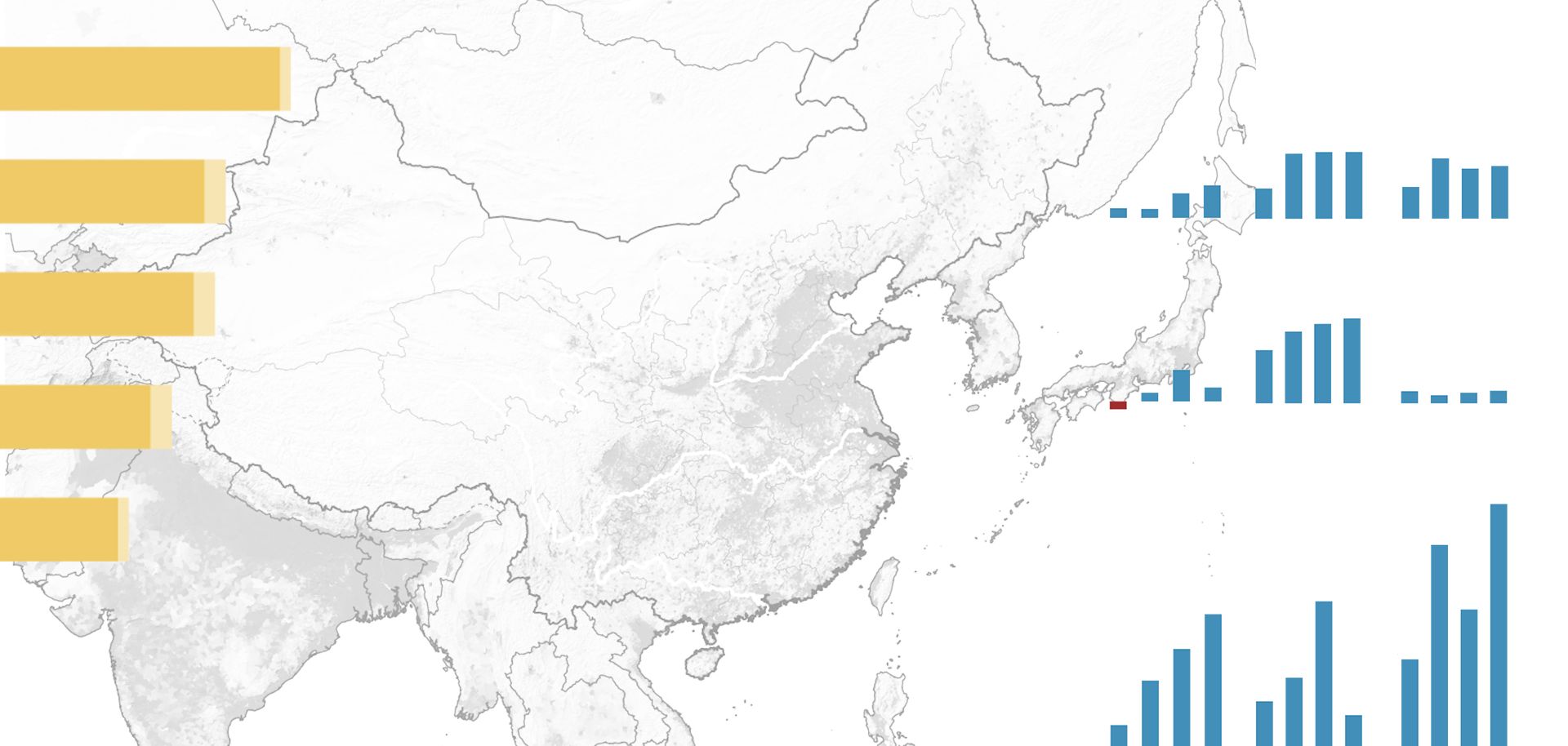
After centuries of Ottoman rule, Syria emerged from World War I in an entirely new form. Under the Ottomans, the area known today as Syria had not been a single entity but rather a collection of "wilayats," or provinces, some of which included areas of modern-day Lebanon and Israel. After the war, however, European powers negotiated clear partition lines defining their spheres of influence in the region, setting the groundwork for today's warring factions that populate the Syrian battlefield. The resulting, secret negotiation was signed in the spring of 1916 — its terms negotiated by the British and French diplomats who gave the agreement its name, Mark Sykes and Francois Georges-Picot.
The borders drawn by Sykes-Picot did not respect the history of the region or the political concerns of the groups within it. Instead, it allocated regions of the Middle East to British and French powers. Sykes-Picot paved the way for several post-WWI conflicts: France was determined to maintain its influence in the Middle East through the French Mandate, allowing it to control southeastern Turkey, northern Iraq, Syria and Lebanon. As a result, the population in what had been Greater Syria was artificially divided and at times displaced.
Now, five years into Syria's civil war, some of the same historical challenges persist in the region. Syria remains an arena in which world powers battle for influence and an array of religious and ethnic communities make their homes. Prior to the war, Syrians' varied cultural heritage was a source of great national pride. Today, that diversity has become a source of violence. When Syria's political structure transforms at the end of the war, these groups will vie for power within a new system that may well be marked by the same centralization and oppression that characterized the former French colonial rule. But there is another option. The new Syrian government could instead take its cues from its pre-World War I rulers, empowering various communities through autonomy and possibly even partition.
Syrian leaders must embrace pragmatism going forward to accommodate the varied ethnic and religious groups — whose presence long predates the rise of the modern state, and whose claim to the land draws on cultural heritage rather than legal right. The borders drawn by the Sykes-Picot agreement a century ago may well have outlived their usefulness — if ever they were useful. Recasting them in light of deeper social and political realities could lead to an effective, lasting resolution to Syria's war.



